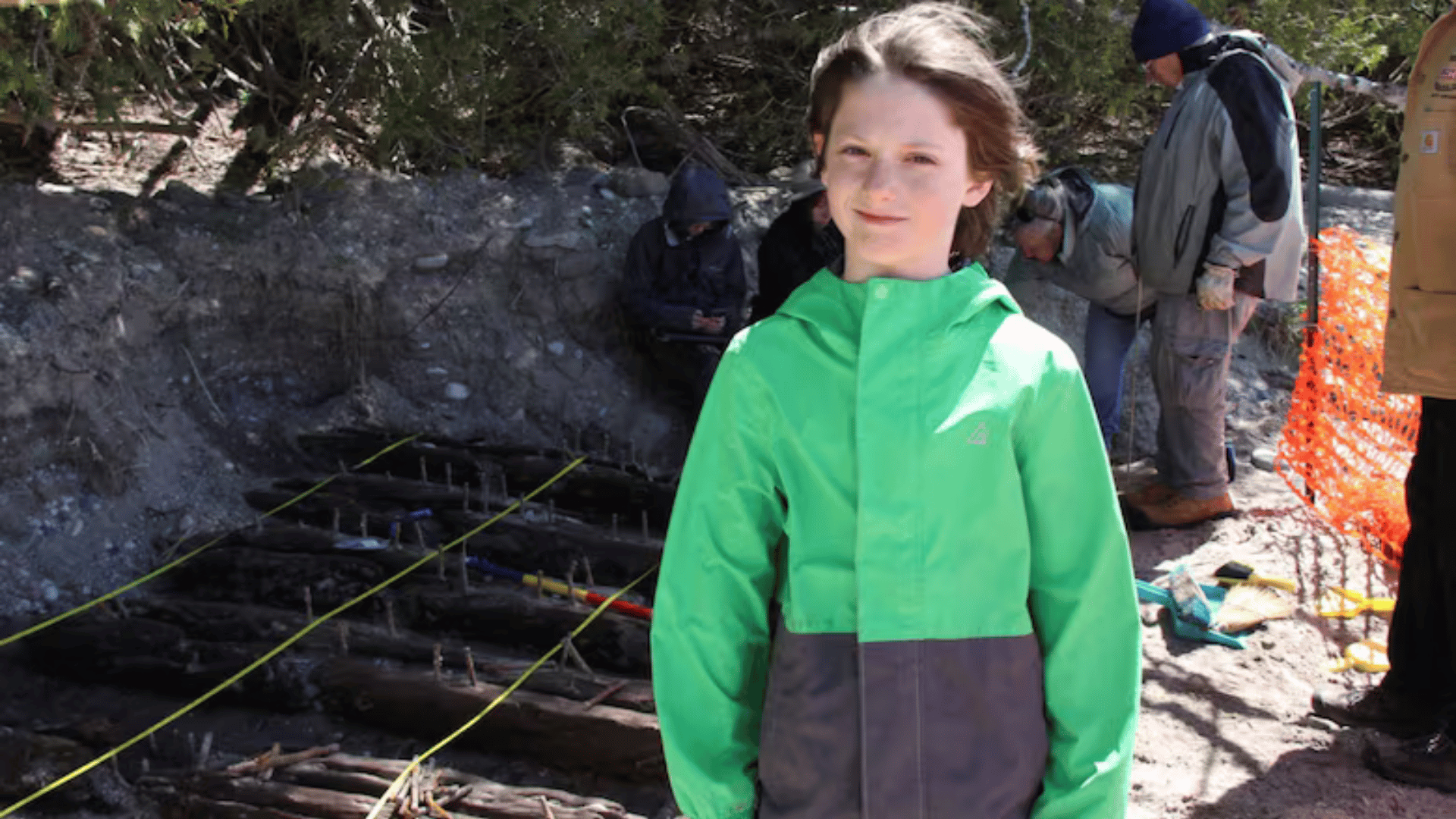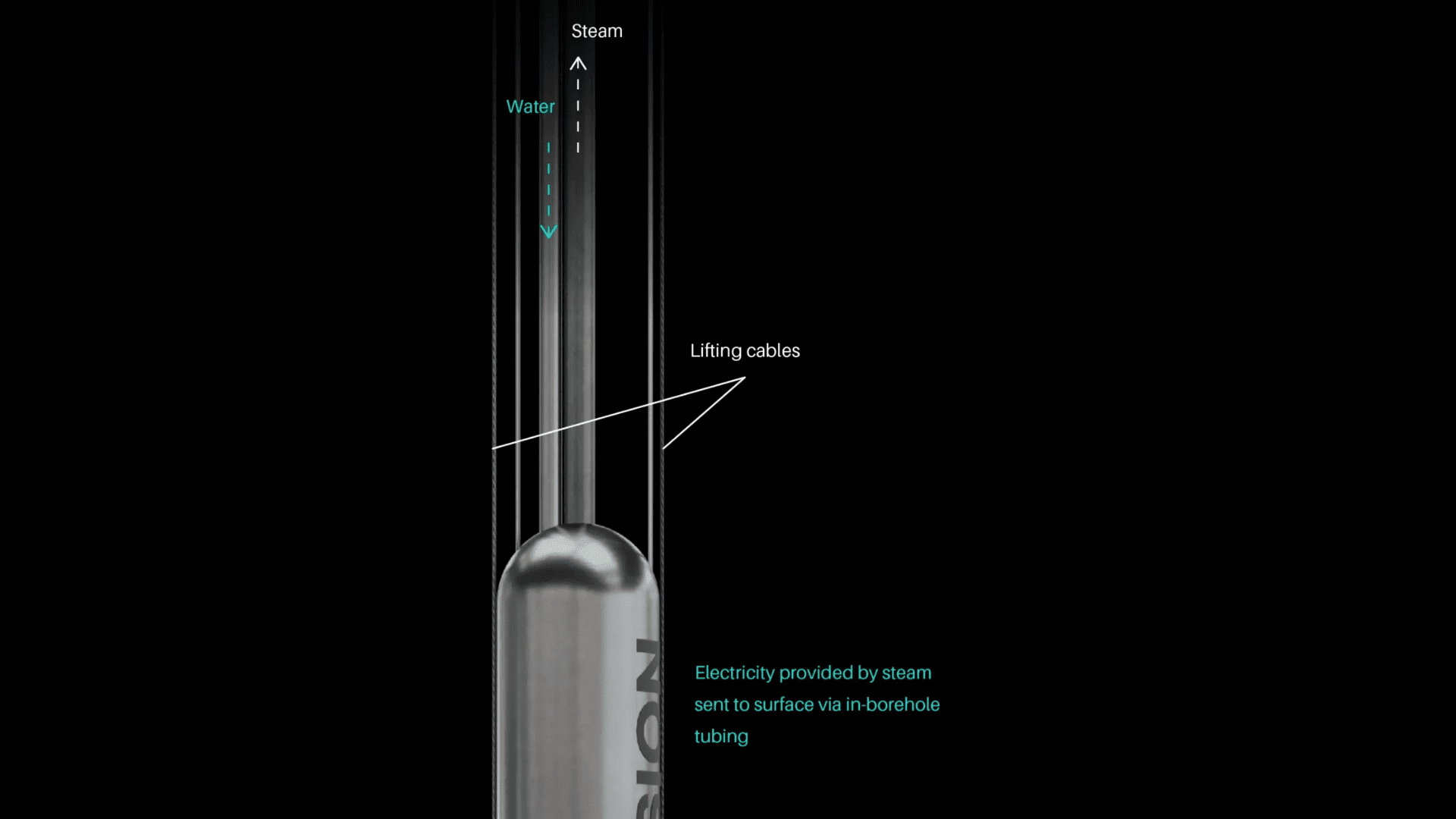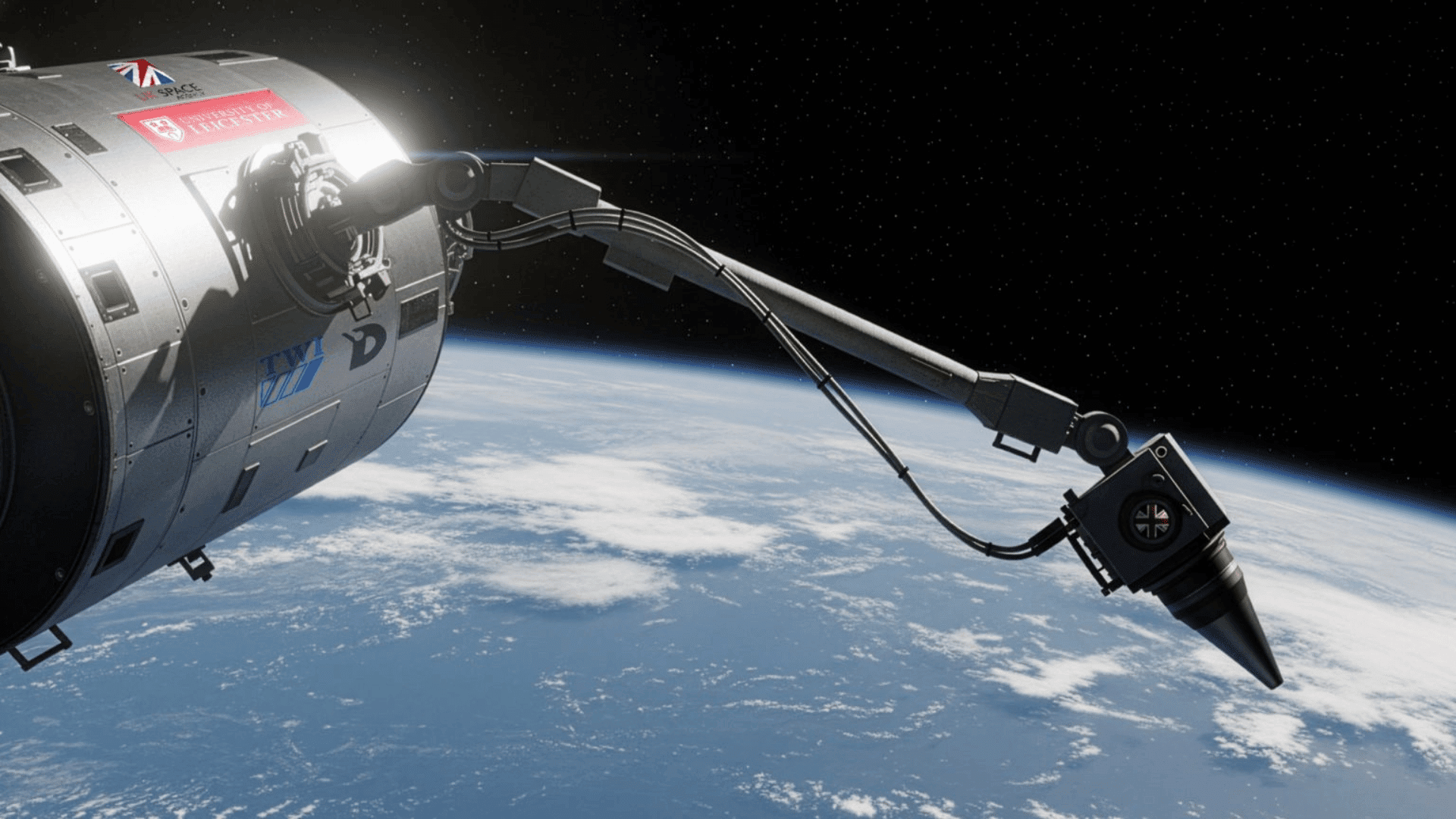Lucas Atchison was on a family trip to Point Farms Provincial Park in Ontario when he discovered a 19th-century shipwreck.
The 8-year-old boy had just received a metal detector for his birthday and was scanning the area with his father. The two uncovered a metal spike, and though his father initially dismissed it as something simply used to tie boats, Lucas insisted they dig further. Soon the pair discovered that the spike was attached to a piece of wood from a two-century-old shipwreck.
Buried Treasure

“We were on the beach, we got our metal detector out, and as soon as we set it up, ding! It was a spike from the shipwreck,” Lucas recently told the CBC.
The amateur archaeologists then alerted the provincial parks staff, who contacted the Ontario Marine Heritage Committee (OMHC). Though OMHC originally met with Lucas in 2023, it took several years to obtain the permits necessary for further excavation. They were finally able to begin digging on the site earlier this month.
Marine archaeologist Scarlett Janusas told the CBC that the shipwreck’s “double frames” suggest it’s a schooner.
“We had double frames, which seems to suggest that it was stronger-built ship and we believe that it was a schooner,” said Janusas to the CBC. “A schooner is usually a two-masted sailing vessel, usually wooden.”
Though the team is still a long way from identifying the ship, archaeologists are speculating it could be St. Anthony, a vessel that wrecked near Lake Huron in 1856 while transporting wheat between Chicago and Buffalo.
The team is currently at work creating sketches of the ship to analyze it further. They’re also reviewing 19th-century insurance requirements for ships, as this may provide clues about the ship’s identity based on certain characteristics like the number of fasteners required in the frames.
Comparing those details with records of missing ships during this time period could lead them to discover the ship’s identity. Researchers stated that they eventually plan to rebury the ship for further preservation.
“We fill the hole back in, bury it and create an anaerobic environment, i.e., without oxygen, so you don’t have any kind of parasites in there or any other organisms that will eat or destroy the wreckage,” said Janusas. “It’s not a perfect solution but it does maintain the structure of that ship probably for at least another 50 years.”







